Highlights:
- An oasis of quality habitat within an urban area
- Fantastic for warblers during spring migration
Property Size: ~120 acres
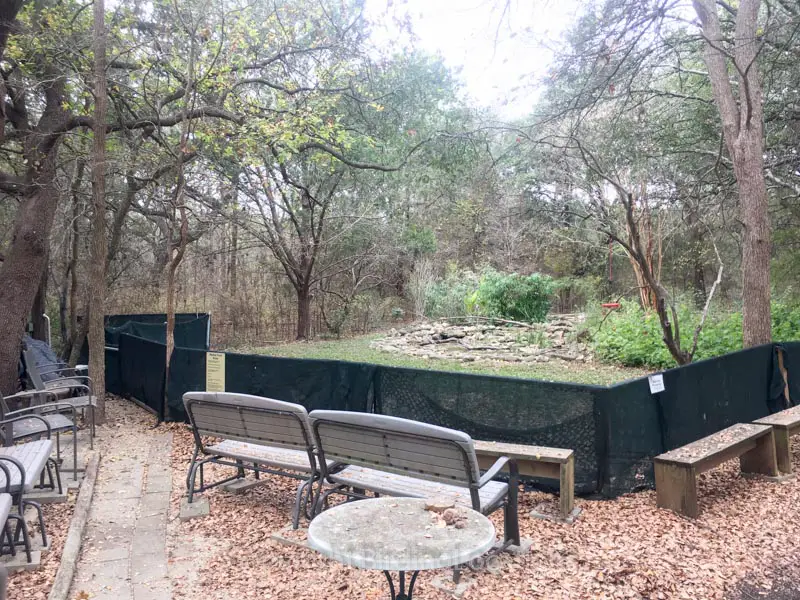
The Location
Warbler Woods is famous for its spring time birding, although the birding here is good year-round. It is the private residence of Don and Susan Schaezler, who have turned their property into a birding sanctuary and nature preserve. They welcome birders to come and enjoy their property, so long as you let them know ahead of time and leave a list of what you saw.
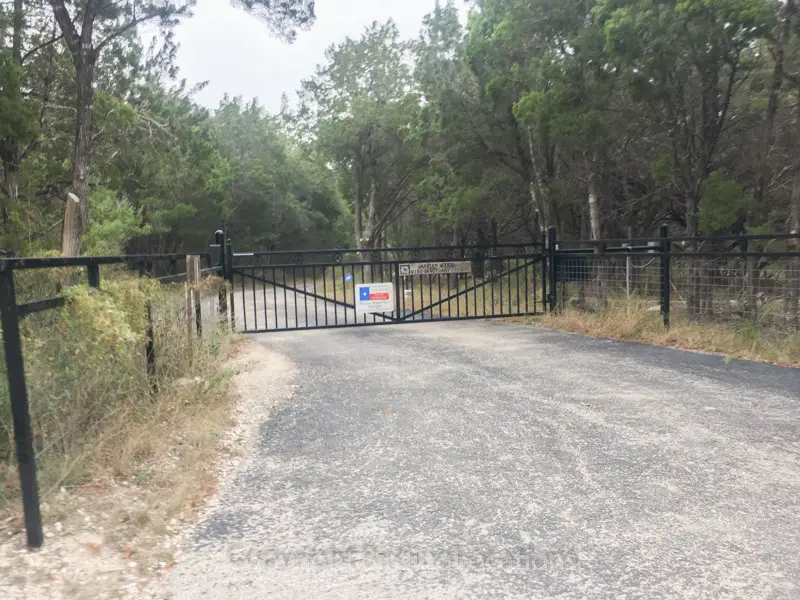
When most people think of Warbler Woods they picture Warbler Pond, which is located right in the Schaezler’s backyard. Each weekend during spring migration, birders fill the provided chairs as they eagerly wait for warblers to fly in for a drink.
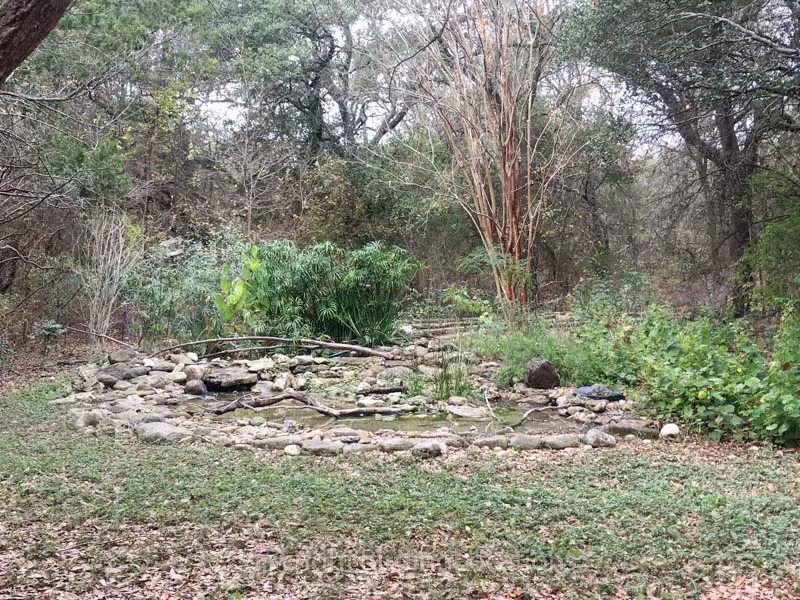
Roughly two hours of sitting at Warbler Pond in early May will easily yield five to six warbler species. A really good morning can produce 10 warbler species, all from the comfort of your chair!
The rest of the property is a mixture of open fields and small ponds, dense shrubby vegetation, and old growth forest. Bird blinds are scattered throughout the property, complete with water drips and feeders that are usually kept full.
This property is large and diverse enough to keep a birder entertained for half a day, but you only need about an hour to have a great time here, especially during migration.

Birding Recommendations
For a short visit (an hour or less)
- Warbler Pond
- The Old Barn Bird Blind
The parking lot is located next to the house, and Warbler Pond is just behind the house.

Go around through the side gate to get to the pond. The dogs may bark but will calm down once you’re sitting at the pond.
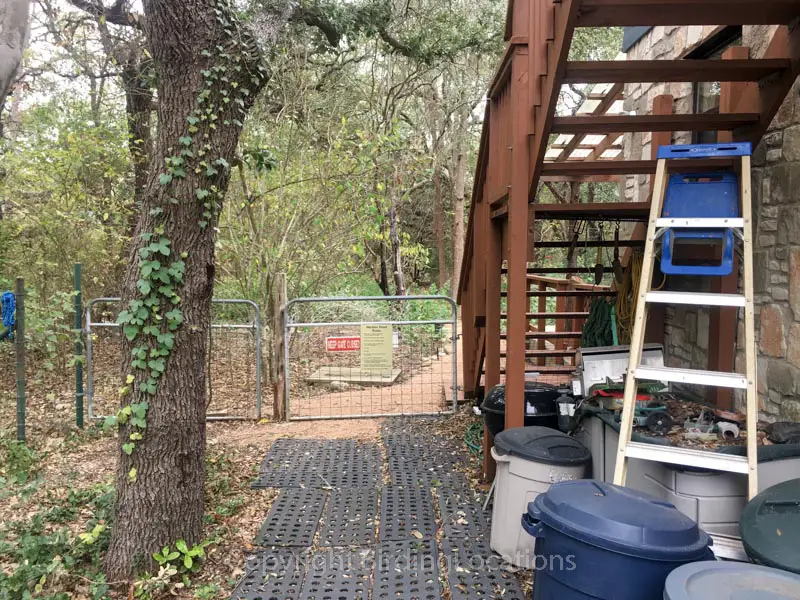
During migration periods, give the birds a good 20 minutes to appear. The first two weekends of May can be fantastic, depending on weather. During the winter you may not see anything come to drink.

The walk to the Old Barn takes about 15 minutes and can be very birdy. Follow the open rocky path until you hit the open field with the transmission towers.

Turn right (west) and follow the path along the trees, until it curves into some taller trees just before meeting a transmission tower. The bird blind is within these taller trees.
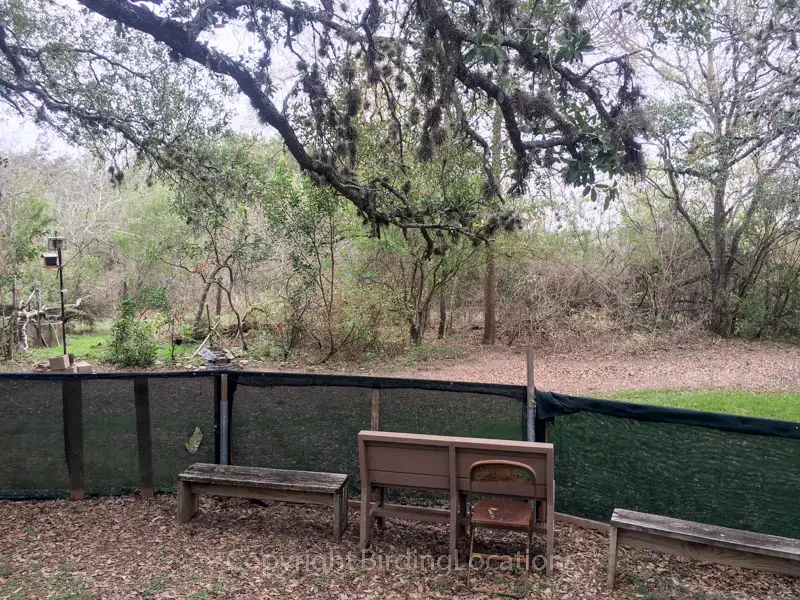
Take a few minutes to still quietly at the blind and see what appears. Doves and cardinals will be everywhere, with some Inca Doves mixed in. Sparrows are common in the winter. Chickadees and titmice come in to the water drip and feeders. All this activity tends to attract other birds like warblers, and sometimes hawks looking for a meal.

For a Longer Visit (1 – 3 hours)
- Warbler Pond
- The Old Barn Bird Blind
- Sparrow Hole
- The Old Growth Forest
- Scout Pond
There’s not really a wrong way to bird Warbler Woods, but the spots listed above can be hotspots of activity and will get you a nice diversity of species.
Sparrow hole is simply a small clearing near a transmission tower that is surrounded by shrubs that birds love to perch in. Bird seed is often scattered on the ground in the small clearing to encourage them out into the open. You can watch the activity from the bird blind here.
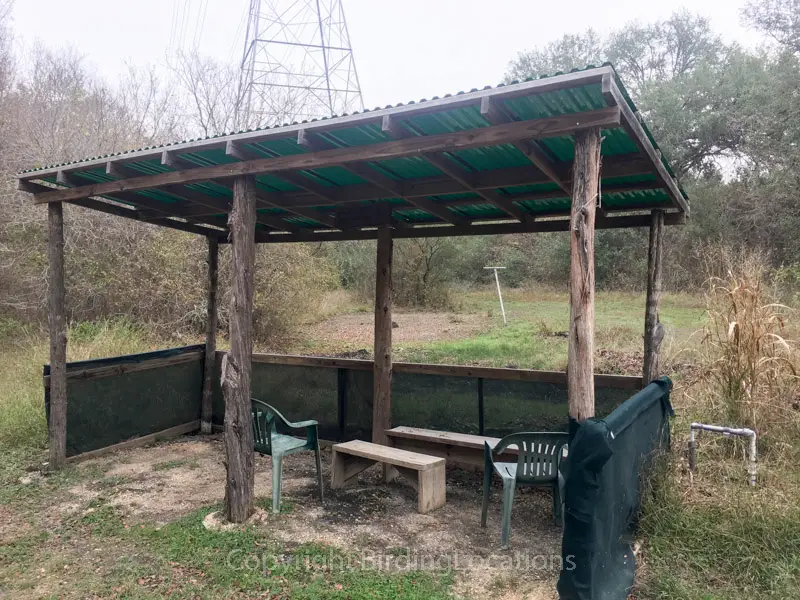
The old growth forest is mostly large Live Oaks. Sometimes it’s quiet, sometimes you’ll get something interesting. These trees can harbor migrants during spring and fall.

Scout Pond is a very small pond with a bird blind, surrounded by Huisache trees. Hardwood forest is directly behind the blind, with grassy fields to either side. This convergence of multiple habitats can be great for bird activity.
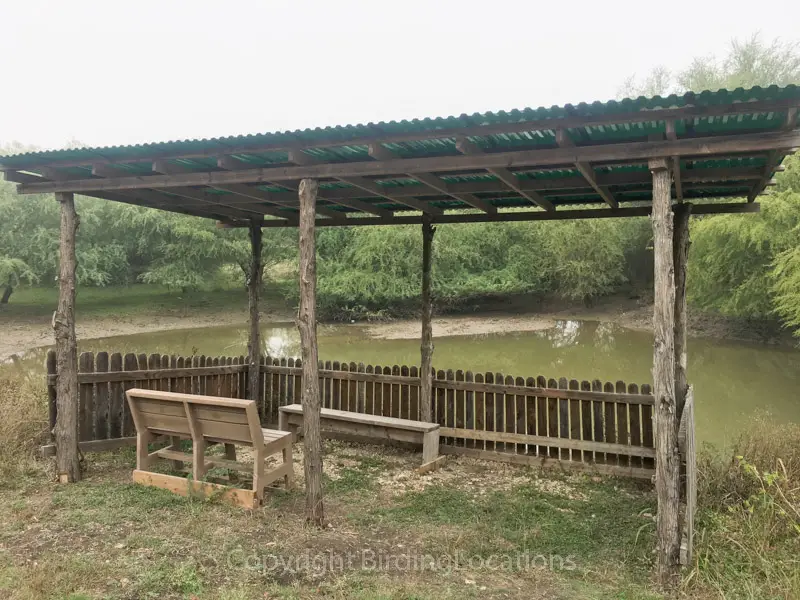
Remember to submit a contact form before visiting the property, otherwise you’ll be met by a locked gate.
Other Important Info
This property can feel a bit like a maze, even if you have a trail map on hand. To keep track of where you are, simply fire up Google Maps on your phone. This will help you get your bearings quickly, especially with satellite view.

